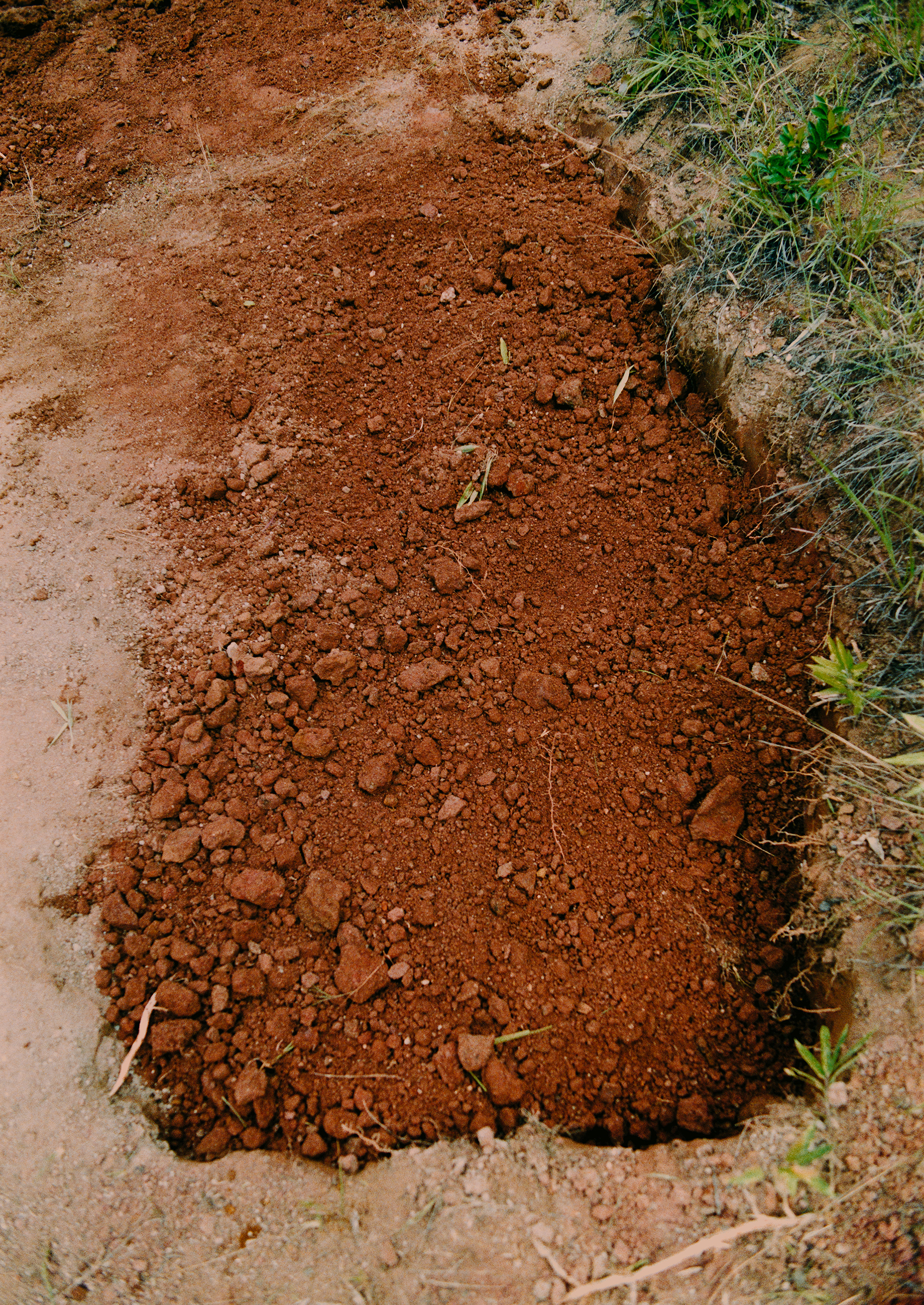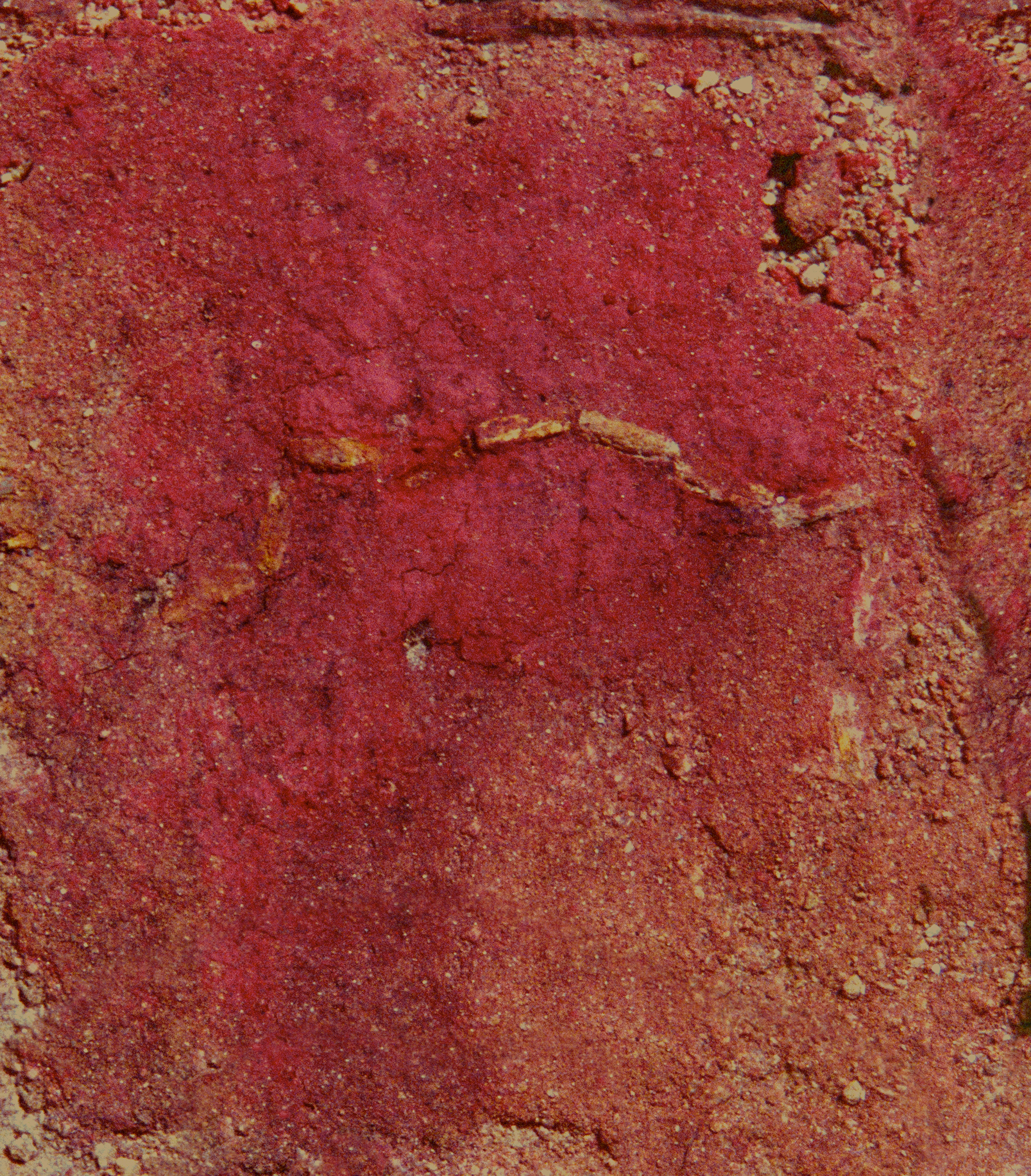2023-09
Wind for Mind
Harmonized Kitchen

When I step into nature and look at the present moment, I see the beauty of harmony.
When I touch the beauty of the world around me, my heart moves beyond the boundaries of my thoughts.
In the midst of peaceful harmony, let your heart be filled with a steady breeze!
Chinatsu Doi
−
We are pleased to present Wind for Mind’s exhibition “Harmonized Kitchen” at the Center for COSMIC WONDER.
Continuing from last year, “Wind for Mind” by Chinatsu Doi, is the blessing of the plants that connect us with nature. This exhibition’s theme is the kitchen and the things that make the kitchen enjoyable. Awaji Island, where they are based, has the climate of the Seto Inland Sea, with a modest amount of rain and long days – ideal for growing herbs. The “Wind for Mind” field is located in a small mountainous area, surrounded by terraced rice paddies that have not been plowed for over ten years. There are no houses above the fields. The fields are ringed by trees that are the first to receive water from the mountains. The plants are carefully nurtured through natural farming. “Wind for Mind” will explore the resonance between the voice of our own hearts and the tenderness of plants.
We look forward to welcoming you all.
Exhibition period:
October 28 – 29, 2023
*Artist will be present on October 28 and 29.
Venue:
5-18-10 Minami-aoyama, Minato-ku, Tokyo
T. +81 (0)3 5774 6866
Open noon – 6pm
−
Fragrance Workshop by Wind for Mind
Plants are distilled in a small copper distiller to extract their fragrance. Using calendula flower-soaked oil as a base, essential oils will be blended to make room fragrance or lotion. Let your senses feel the the pure presence of these plants from the fragrance of a single drop.
Saturday, October 28
12:30pm – 2pm
Sunday, October 29
12:30pm – 2pm
Reservation required
13,000 JPY
If you wish to join, please register thorough the Center for COSMIC WONDER Online Store.

COSMIC WONDER
North Village Light
Linen wool sharkskin jacket

Beautiful linen wool sharkskin unique jacket that looks like a tailored jacket turned inside out.With deerskin conductor’s bag and koshin pumps.
You can find our clothes at beautiful stores around the world.
COSMIC WONDER
North Village Light
Linen wool sharkskin belted coat

Classic silhouette belted coat in beautiful linen wool sharkskin.
You can find our clothes at beautiful stores around the world.

AAWAA
Ni

I have begun a study of clothing in Tamba. When I say clothing, I am thinking of the nightgowns and bedclothes that were made long ago in the ancient Tamba province.
In the past, the ancient Tamba Province was a large kingdom that stretched from the Tango Peninsula to Miyama in Nantan, which is where I live, and to Hikami and Taki in Hyogo Prefecture. The Tango Peninsula was the center of the kingdom and many ancient burial mounds and ruins can still be found there. Many Jomon-era ruins have also been discovered, giving one a sense of the life of the Jomon people. It is said that the name “Ni” comes from the brownish-red soil of Tamba and Tango because of its high iron content. Living in the area, one can see patches of red soil and reddish stones in mountain streams. Some of the well water also has a reddish tinge.
Red has been considered a precious color since primordial times. In the Jomon period, people painted their faces and bodies with bright red cinnabar. Cinnabar is a mercury-based mineral, and the finer it is crushed, the more vividly the vermilion red color appears. Jomon period earthenware with cinnabar has been excavated from the Kannonji-Honma and Sara-Okayama ruins in Kashihara City, Kashihara Prefecture. In the Yayoi period, cinnabar was used for the burial of rulers. Many pieces of earthenware decorated with cinnabar have been excavated from tombs. In the tombs of the Tango Misaka Shrine, soil stained bright red with cinnabar was also excavated, and a piece cut out of the soil is now in the archives of the Tango Museum as a research artifact. It is a beautiful red and the intense contrast of earth and vermilion gives the impression of the ancient colors as they were.
Silk was introduced to Tamba in ancient times and its use continues through the present day. Tango Chirimen, a traditional silk cloth, is still produced according to the ancient technique that has been handed down to the present. In the distant past, when people were laid to rest in wooden coffins dyed red with cinnabar, were they dressed in silk? Cinnabar was applied to their faces, bodies, and clothes. They were buried in red, praying for the resurrection of life. Now we see only the red vermilion in the soil of the Ni.
AAWAA
August, 2023

AAWAA
Ni

October 7 − November 26, 2023
Tango Ancient Village Museum
108 Miya Tango-cho, Kyotango
Open 9:30 am − 5 pm
Closed Tuesday
ECHO TOMORROW FIELD


 Facebook
Facebook Twitter
Twitter